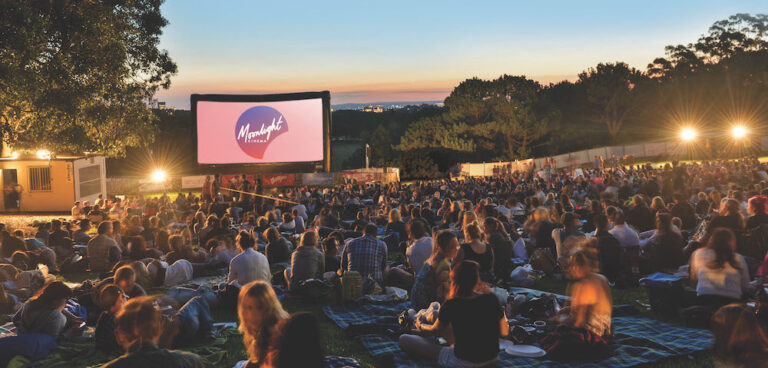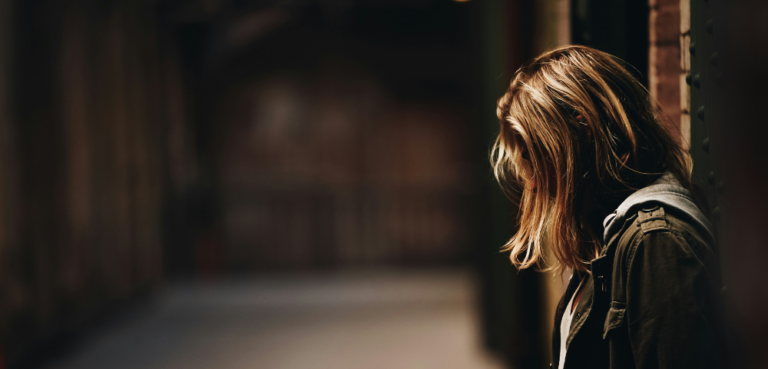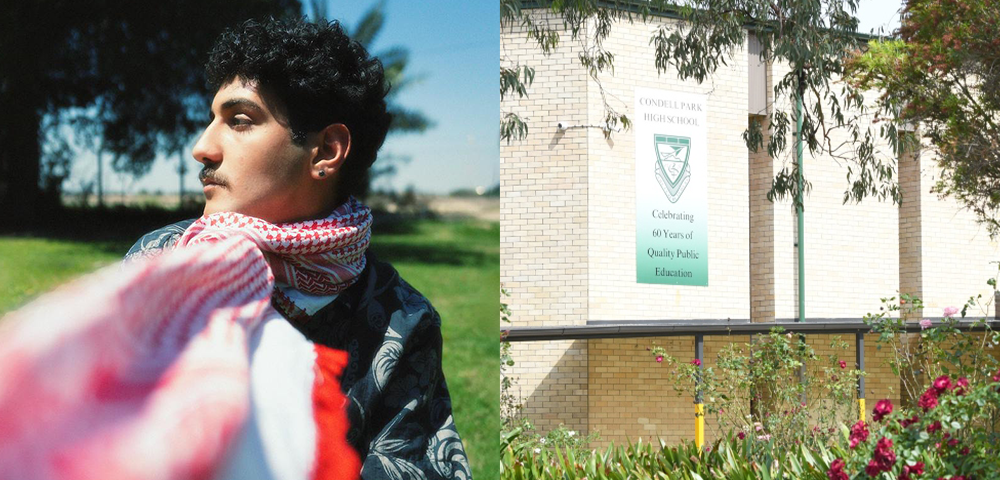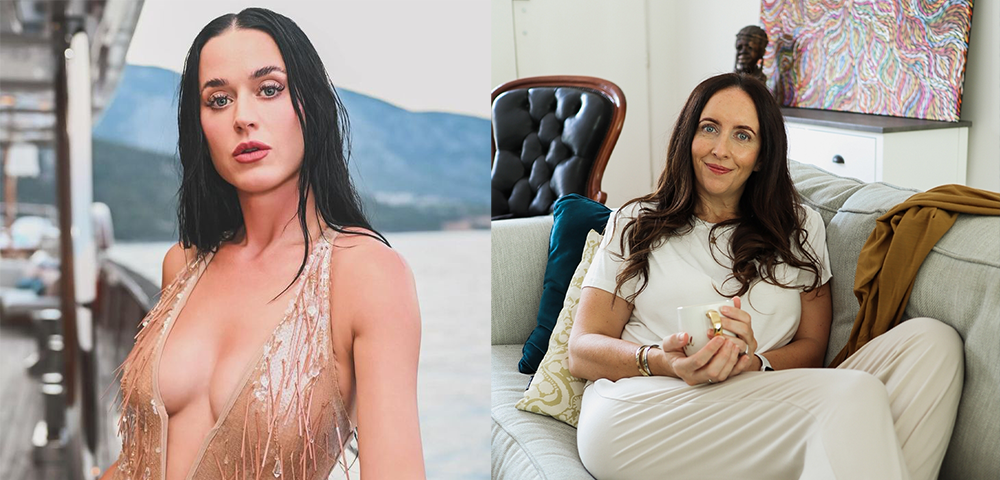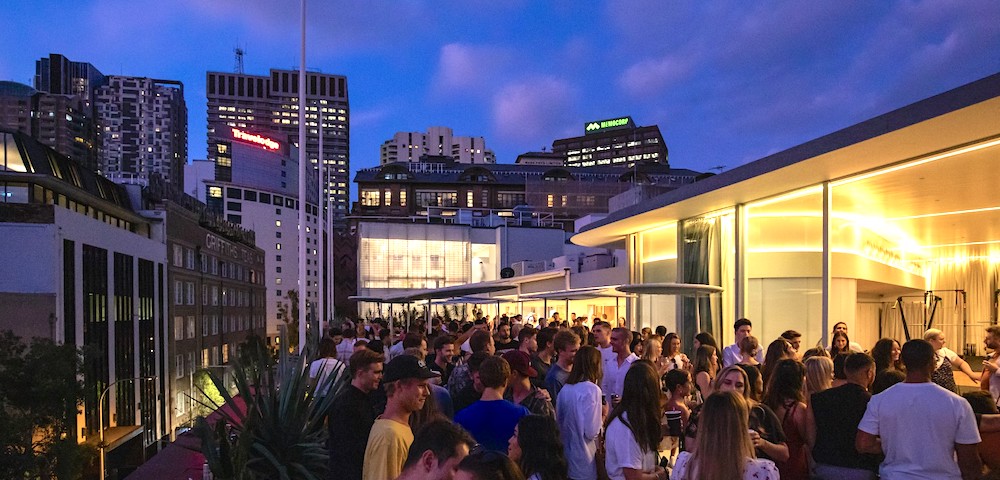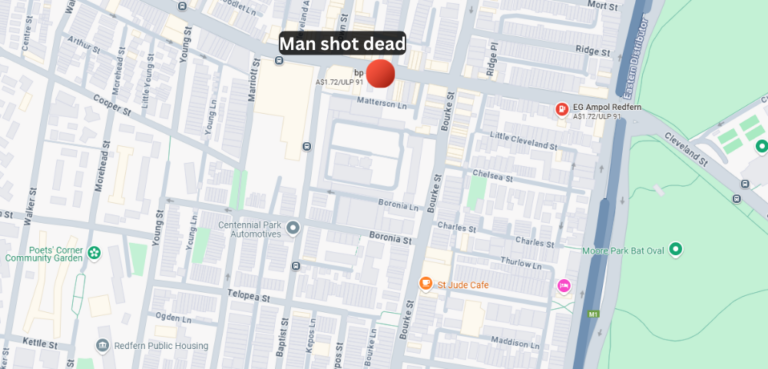
NSW Budget won’t fix housing crisis, sector says
BY EVA BAXTER
Those who work in the sector call for dramatic expansion and clearer terms following the 2021-2022 NSW Budget’s $800 million commitment to the state’s housing crisis.
Cathryn Callaghan, Senior Policy Officer at Shelter NSW, told City Hub, “you’d expect to see billions, not hundreds of millions.”
Victoria announced $5.3 billion in 2020, and Queensland $2.9 billion this year.
A report analysing contemporary social housing in NSW by UNSW found that the state government has delivered or committed 9,000 social housing properties in a decade, while there are over 50,000 applicants on the NSW Housing Register.
The government forecast in its February half-yearly review that stamp duty revenue would total approximately $8 billion, however it now expects $9 billion due to Sydney’s soaring residential property market.
Cathy said it was “disappointing” that the money wasn’t directed back into supporting those the housing market is failing.
$57 million is being given over two years to build on the successful Together Home program, which has assisted hundreds of rough sleepers or vulnerable individuals into accommodation.
Together Home was created by the NSW government, the community sector and organisations that support homeless people during the initial emergence of COVID19. It was quickly identified that homeless people were at extreme risk of becoming infected, and it then taking off in the community. Through Together Home they were given accommodation.
Sydney’s two-week June/July lockdown has seen the same results at this stage.
A tweet by Labor MP Jason Clare said, “just heard the NSW Gov is putting homeless Aussies into hotel rooms in the CBD.”
Critics tweeted in response that this is the second time in 18 months a government has decided to end homelessness.
Cathy said the government has demonstrated that with enough focus, working with the sector and some investment, street homelessness can be solved.
Affordable vs social housing unclearly defined, stigmatised
The rationing of social housing has skewed its population, according to Cathy, “because there’s so little of it and its rationed, you do have concentrations of very disadvantaged, problematic people.”
Shelter NSW wants a dramatic expansion of social and affordable housing, and people around NSW to be more demanding of their government and of their councils, understanding the difference between social and affordable housing could help.
Mark Khoo is the CEO of WelcomeMat, a digital platform that matches the providers of affordable rental properties with eligible applicants. He says many people describe social and affordable housing collectively.
Mark told City Hub, “part of the issue we’ve faced is that there has been a very low awareness as to what affordable housing is within the community, so it’s often confused or mixed up with social housing,”
Affordable housing is a category of rental housing that is offered at 20-25% less than market rent and is designed specifically for those in low to moderate income brackets.
According to WelcomeMat, many Sydneysiders may be eligible for affordable housing, but not realise it.
Eligible groups range from key workers, people on award wages, lower paying jobs such as hospitality and retail, community and social workers, those working in the arts, single parent families, domestic violence family survivors, older senior women, university students.
Mark said it’s a misconception that its cheap because the houses are low quality, quite often, the opposite is true.
“We’ll collect a lot of data on express demand and supply of affordable housing and that data will be really useful for the sector’s advocacy for more affordable housing.”


